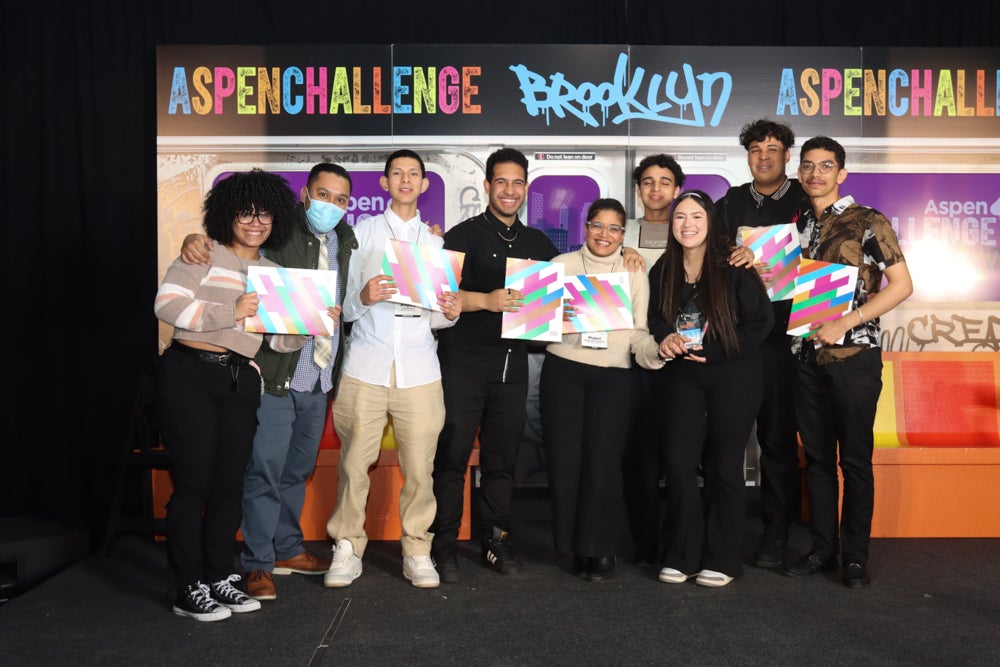![]() Several years ago I had a friend who never let me do anything for her. Whenever we ate out, she insisted on paying. Whenever we went anywhere together, she drove. She was always offering to watch my daughter so that I could get things done; and generously providing resources so that I, a new mother, could get my head above water when she, too, had young children and a full-time job. Our relationship basically consisted of a string of generous gestures running from her direction to mine. Whenever I tried to reciprocate—even in small ways—she brushed it off. I deeply appreciated everything she did for me, but I still remember how frustrating it was that she consistently refused to receive anything in return.
Several years ago I had a friend who never let me do anything for her. Whenever we ate out, she insisted on paying. Whenever we went anywhere together, she drove. She was always offering to watch my daughter so that I could get things done; and generously providing resources so that I, a new mother, could get my head above water when she, too, had young children and a full-time job. Our relationship basically consisted of a string of generous gestures running from her direction to mine. Whenever I tried to reciprocate—even in small ways—she brushed it off. I deeply appreciated everything she did for me, but I still remember how frustrating it was that she consistently refused to receive anything in return.
Finally I decided I would buy her a nice gift to show my appreciation. When I came across a one-of-a-kind handbag I knew she would love, I wrapped it up, attached a thoughtful handwritten note, and excitedly gave it to her. I was so eager to finally show my gratitude for her friendship in a way she couldn’t possibly refuse. I’ll never forget the moment she opened the gift. She thanked me graciously, then quickly returned it to its box and set it aside. I never saw her use it or heard her mention it again.
In our hyper-individualistic society, it’s easy to feel we shouldn’t really need others’ help—that we’re just fine on our own. We frequently eschew the role of receiver because accepting help is often viewed as a form of weakness. But this rugged individualist mindset has a way of keeping intimacy at bay, and undermines the interdependence and mutual care that have held communities together since the dawn of civilization.There is a certain cool control to a person who never seems to need anything from anyone.
We often think we admire this quality in others, but find ourselves hurt and frustrated when it forces us into the uncomfortable position of always being the one on the receiving end of help. My ever-giving friend’s behavior was likely aimed at fostering connection and closeness, but in practice it felt alienating. Looking back, I’ve also wondered if her refusal to receive was a form of self-protection—a way of insulating herself from the exposure of ever being in another’s debt.
With this I can certainly empathize. I’ve had a few stretches in my life when I had no choice but to receive—times when I’ve had very little to give. And I will never forget the terrifying, humiliating vulnerability of those moments. Years later, my mind will sometimes wander into a space of tallying up the kindnesses offered to me in those dark hours, and fantasizing about some future moment in which I will surprise my friends and family with an equitable payback. I long to get the relational balance sheet back in the black.
Despite the uncomfortable feeling of exposure they bring, experiences such as these have taught me the social value of receiving. Every relationship through which help was extended to me was strengthened both by that gift, and my grateful acceptance of it. This is because the gentle back-and-forth of giving and receiving creates a mutuality that is the lifeblood of close connection. But when we refuse to receive—or imagine ourselves exempt from need—we isolate ourselves from others. The threads of interdependence go unwoven and our social fabric begins to fray.
One of my favorite pieces of sacred art is a woodcut by Fritz Eichenberg called “The Christ of the Breadlines.” It’s a picture of a silhouetted Jesus standing in line amid the huddling poor to receive a portion of bread. I’ve always interpreted it as a reminder to see the face of Christ in the needy, and that Christ was most comfortable amongst the most humble. But I’ve come to see it in a new light as I’ve reflected on the sacred act of receiving.
As the story goes, Jesus was tempted by the devil himself to satisfy his own hunger by turning stones into bread. He refused. Though he had no need to do so, he willingly allowed himself to be a beggar—to stand in need and rely on the kindness of those he encountered along his way. This is a profound lesson in the art of connection. Of drawing others close through the simple but powerful act of humbly, gratefully, receiving.

